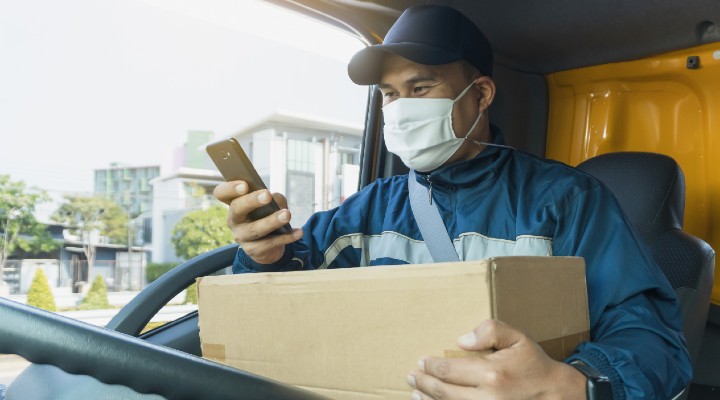The pandemic has caused everyday interactions to move online at an accelerated rate, and businesses have been forced to respond in any way they can to keep the cash flowing in. But as supply chains are stretched further than ever before, customers still expect the same level of service from an online purchase as they would from an in-store experience. With resources stretched thin, businesses have also been challenged to do more with less. The businesses able to rise to this challenge can restru
tructure their supply chains, becoming more agile, cost-effective and sustainable. That’s according to Accenture’s latest Business Futures research, which surveyed C-Suite executives from 18 countries, including Australia, to gauge how the biggest challenges of the future would impact their organisations.
Accenture refers to “supply unbounding” — lifting the physical restrictions of distance from your supply chain by moving production closer to the point of demand.
Australia also has its own unique set of challenges that retailers will be familiar with. We have one of the lowest population densities per square kilometre in the world, and our capital cities have considerable distance between them. With retail business leaders increasingly focusing on their supply chain management, here are three ways they can “unbound” their supply chains.
Redefine the purpose of physical infrastructure
Retailers can think about how best to utilise the existing physical infrastructure they’ve already invested in to become flexible spaces catering to multiple purposes. According to Accenture’s research, 95 per cent of respondents were either testing or in the process of scaling a solution to separate their ground infrastructure or move production closer to the point of demand.
One way is by transforming their retail stores into micro-fulfilment centres that focus on delivering and offering pick-ups rather than the traditional retail experience. These micro-fulfilment centres allow businesses to serve more customers with a smaller physical footprint.
Retailers can also find themselves with excess stock by pushing products into stores and keeping less inventory in their distribution centres. Some businesses have started using their stores as the fulfilment nodes themselves, bringing supply closer to demand.
A prime example is the US retail behemoth Walmart, which has been adding micro-fulfilment centres to its existing stores that span about 6000 square metres rather than the typical 12,000-35,000 square-metre warehouses. Automated bots retrieve most products from these centres, allowing customers to pick them up within an hour of ordering.
Rethink supply networks
In years gone by, having total control of supply chains was considered a key competitive advantage for businesses. Today’s business landscape looks very different, and this approach is often considered more expensive than it’s worth. Advances in technology have meant that businesses that outsource their logistic requirements have more oversight and control than ever, even if they don’t own the supply chain themselves.
Successful businesses focus on the “last-mile” delivery, or the last leg of delivery, from a distribution point to the customer. Not only does the last mile account for approximately 53 per cent of all shipping costs, but it’s also when customers are most demanding of timeliness and cost-efficiency.
That’s why 84 per cent of respondents said they were investing in last-mile initiatives such as using drones or autonomous vehicles to fulfil orders. At a high level, car manufacturers are piloting quantum routing to ease congestion and vastly improve the efficiency of delivery vehicles on the road. Rather than traditional routing, which gives the same information to all vehicles to help them decide their route, quantum routing determines an individual route for every vehicle by calculating millions of data points to create the most efficient traffic flow for everyone.
Redesign products and services
As businesses increasingly unbound their supply chains, some also need to rethink their products to suit their new distribution channels better.
Customer experience emerged as the crucial battleground for retailers. Some businesses have turned to new immersive technologies such as augmented reality, virtual reality and 3D content to blend physical and virtual worlds while building consumer trust.
More orders traditionally meant more waste, so sustainability must be considered when designing a product, not just for environmental concerns but also for your bottom line. Even the largest retailers in the world have reimagined their products for sustainability. Customers can bring their old sneakers into a Nike store in Australia and recycle them into a material dubbed Nike Grind, which is then used to create playgrounds, running tracks, courts and other rubber products.
The outlook for the retail industry is a lot more optimistic than it has been in the past 12 months, even as profound shifts are expected in the months ahead. As companies consider how to break the limits of their supply chains and retail models, there will be more room for innovation even while operating with less. We are only just touching the tip of the iceberg.

